All-inclusive resorts offer solace for travellers thanks to the fact that all food and beverage costs have already been covered. And while every destination is different, there are a handful of tips to keep in mind before hitting the buffet table to make the most of your vacation.
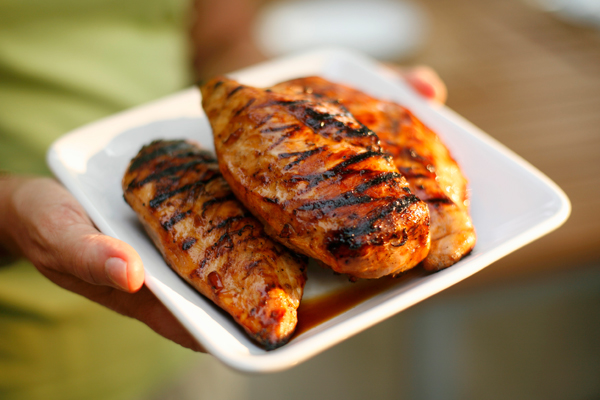
Well-Cooked Meat, Seafood and Poultry
Those who enjoy meat on the rare side should be wary of any beef, pork or poultry that’s pink in the middle. If the meat is undercooked, it poses a greater risk of containing foodborne pathogens. Opt for options that are cooked thoroughly to eradicate any bacteria that could lead to illness.
See here for 10 Travel Tips to Lower Your Anxiety
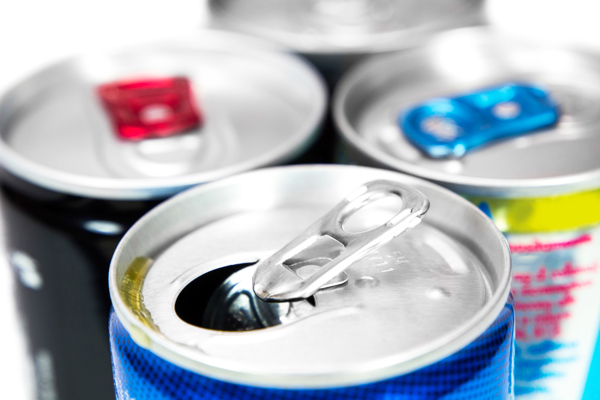
Bottled Beer, Wine and Soda
Local water in countries such as Mexico can lead to the dreaded “Montezuma’s Revenge”, but if that’s a concern, you can rest easy by drinking bottled and canned beverages. Bottled wine, beer, soda and water are all safe options.
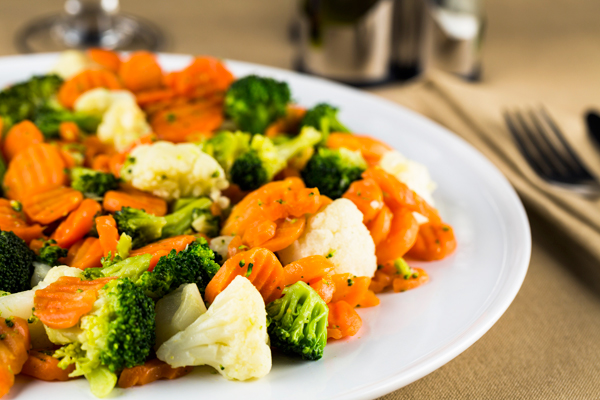
Cooked Vegetables
Raw vegetables can also be problematic in locations where the water isn’t safe to drink. That’s why well-cooked veggies are a better choice, with the cooking process ensuring food safety. Leafy greens, while healthy, should probably be avoided when loading up at the buffet — just to stay on the safe side.
Read on for 8 Vegetables You’re Probably Washing Wrong
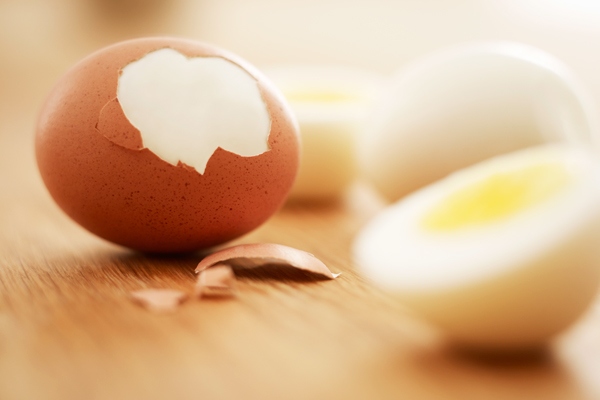
Hard-Boiled Eggs
Undercooked eggs can be a terrific host for salmonella and other bacteria, so you may want to avoid the buffet’s scrambled eggs (especially if they look less than fully cooked) and go with hard-boiled eggs instead. Boiling the eggs will kill any harmful bacteria.
See here for Foods You Can Still Eat After the Expiry Date

Pasteurized Dairy Products
Dairy products such as milk, cheese and yogurt are generally safe at all-inclusives, but be wary of raw, farm-fresh milk; ask whether the milk being served has been pasteurized, as raw milk can host all manner of bacteria that could keep you in the bathroom for the remainder of your vacation.
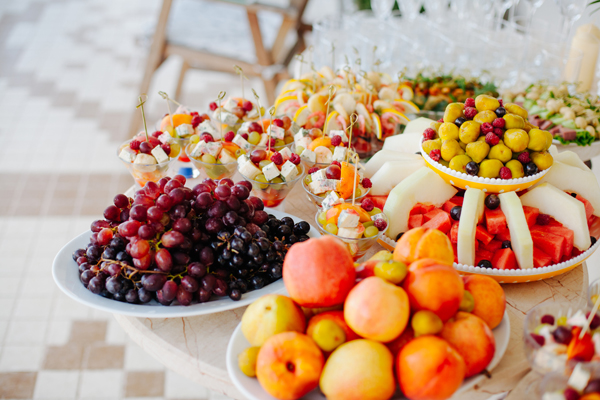
Fresh Fruit
Fresh fruit with a thick skin you can peel yourself (such as bananas, oranges and mangos) is generally a safe bet at an all-inclusive. If you’re concerned about water quality, you can always give fruit an extra wash with filtered or bottled water.
See here for 10 Fruit-Cutting Hacks to Make Your Life Easier
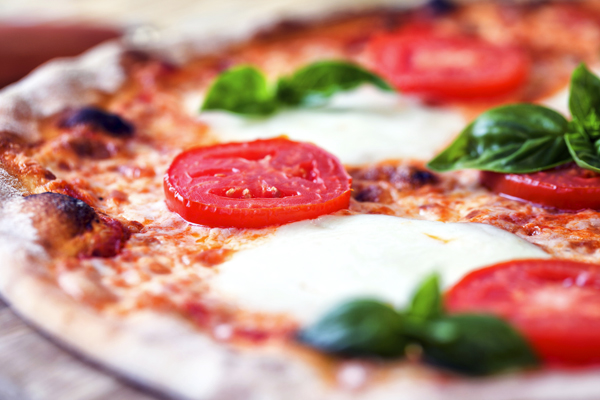
Pizza
OK, so pizza may not be the healthiest choice, but when it comes to making a selection at an all-inclusive’s buffet, a slice or two is usually a good bet.
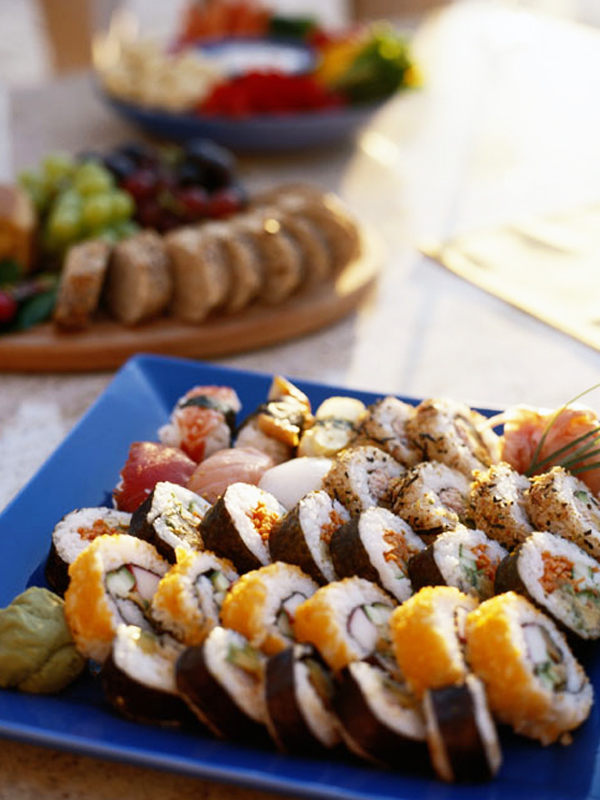
Avoid: Cold Prepared Foods
Shrimp, raw oysters, sushi or any other seafood that requires constant refrigeration should be avoided if it’s sitting at room temperature in a buffet. This also holds true for foods such as salads, cold cuts and the like that are served at room temperature, especially in warmer climates. When in doubt, remember the “one-hour rule” — any perishable foods that have been left unrefrigerated for more than one hour should be considered unsafe to consume.
Read on for 10 Cooking Mistakes That Are Ruining Your Fish
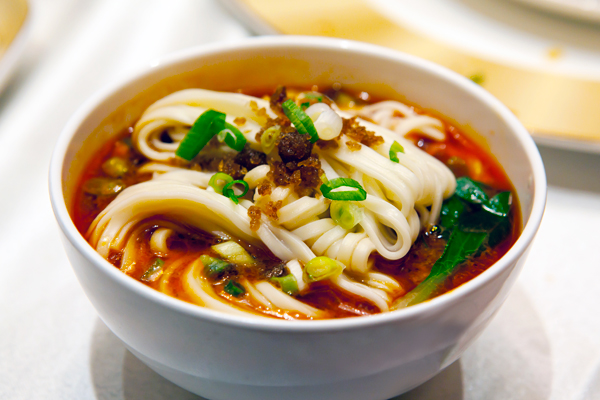
Avoid: Soup
While soup is usually not problematic, some kitchens will reuse leftover meats and vegetables; yesterday’s beef medallions or chicken breasts could become the soup du jour. Meanwhile, you have no way of knowing how long those leftovers were sitting around at room temperature before being recycled in soups or stews. Better safe than sorry!
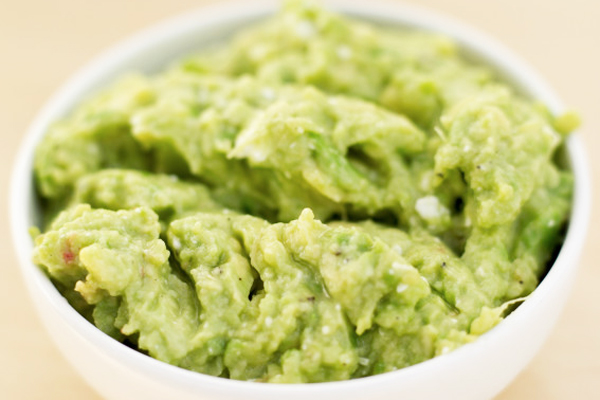
Avoid: Sauces and Dips
Sauces and dips (yes, even guacamole) should be avoided if they’ve been sitting for a long time at room temperature, especially when you consider that sauces and dips are less likely to be refreshed than the food they’re meant to enhance. While it’s easy to forget about sauce, the “one-hour rule” still applies.

Avoid: Mixed Drinks
Some all-inclusive resorts in Mexico have been accused of serving tainted alcohol that is kept in unsanitary conditions. If you’re concerned, stick with bottled options like beer and wine.
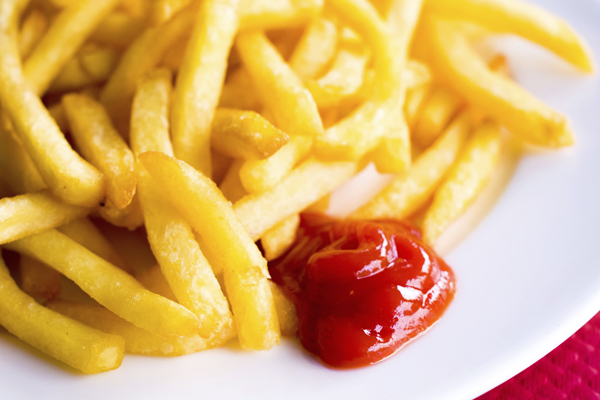
Avoid: Foods Eaten With Your Hands
At a buffet, when you use the same serving spoon as everyone else, your hands have now become infested with the bacteria from all those other hands. That’s why it’s a good idea to avoid food you need to eat with your fingers, which vastly increases the likelihood you’ll transfer that bacteria directly to your mouth.
